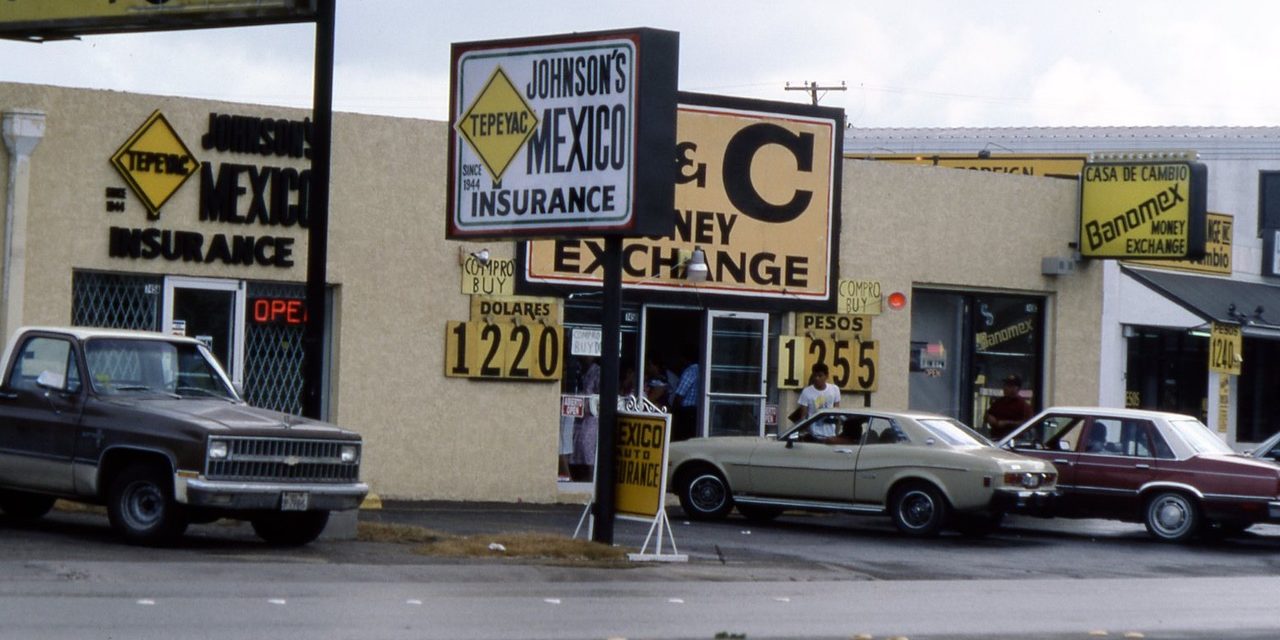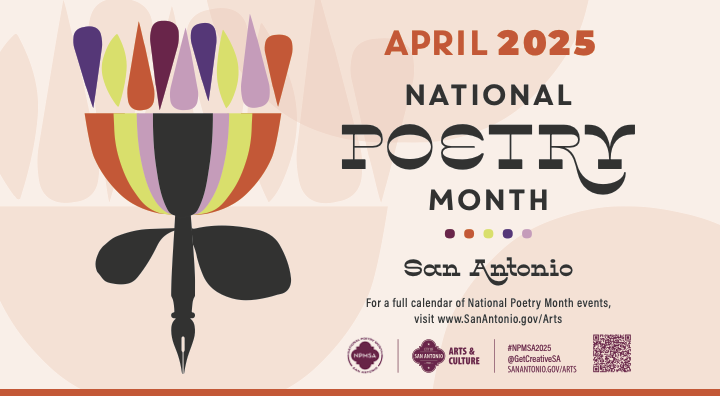In the presidential election of 2016, one candidate, Donald J. Trump, wrapped himself around the Mexican migration issue and proclaimed it his top policy priority. What Trump’s campaign statements revealed was that with the exception of making Mexico pay for a 2,000-mile border wall, he as a candidate did not offer any new foreign policy proposals.
Trump’s major domestic policy issue revolved on a tax cut for the wealthy and as a candidate he avoided any discussion of how to improve health care, job creation, reducing the national debt or stabilizing the national economy.
Furthermore, it is doubtful that Trump knew about the Migration Policy Institute studies that showed that Mexican immigration had actually begun decreasing in 2010 after four decades of steady growth.
Researchers for the policy institute noted that “The number of Mexicans first flattened out and then started a slow decline in 2014. Between 2016 and 2017, the Mexican immigrant population shrunk by about 300,000, from 11.6 million to 11.3 million.”
Mexican migration to the United States had actually started to drop following the Great Recession in the United States (2007-2009). During the recession and in President Barack Obama’s second term, a record number of Mexican immigrants left the United States for their homeland. With increased U.S. immigration enforcement, it became more difficult for undocumented workers to cross back and forth across the border.
According to the Migration Policy Institute, which studies worldwide migration patterns, “More Mexican immigrants have returned to Mexico that have migrated to the United States, and apprehensions of Mexicans at the U.S.-Mexico border are at a 40-year low.”
In the first half of the twentieth -century, San Antonio was one of the major destinations for Mexican immigrants seeking work and a new life. Migration patterns have changed in the last two decades and San Antonio is no longer one of the top ten immigrant destination cities of America. Indeed, three other Texas cities: Houston, Dallas, and McAllen-Edinburg made the top ten destinations in 2016, but the Alamo City failed to make this list.
In the last two decades, Mexico has steadily improved its economy, and with a drop in its birth rate, greater job opportunities exist in Mexico than at any time in recent memory. In contrast, Central American migration has become significant, especially from Nicaragua, Honduras, Guatemala, and El Salvador. Because these countries are listed as among the poorest countries in the Western Hemisphere, migration to the United States is their most important option.
Central American nations are not only poor, but they are also plagued by political corruption and violence. Many of the families who chose to walk thousands of miles from their homes in these nations south of the Mexican Republic are fleeing countries where militia death squads and violent gangs operate openly.
The Washington Post reported on a United Nations Office on Drugs and Crime study which found that: “Latin America is the world’s most violent region, having the highest murder rate in the world.” Two nations, in particular, El Salvador and Honduras, had the highest homicide rates in the world.
In past administrations, the U.S. Government has provided economic aid to Central American countries in financial despair. The Trump White House, however, has ended economic assistance to Central America, further adding to these nations’ political instability.
Congressman Ben Ray Lujan, D-N.M., told USA TODAY (April 7, 2019) that Trump “continues to use immigration as a distraction.” Lujan questioned whether the Department of Homeland Security was “accurately describing” its apprehension statistics noting that many families were voluntarily turning themselves in to seek asylum status. This is “not the national security crisis that the president continues to describe,” Luján said. “There is a humanitarian crisis, but it’s created by President Donald Trump.”
Most Democrats in Congress agree that in recent times the real crisis on the border has been a mismanagement of refugees arriving at America’s southern gates.
Over the past two years, the White House has issued multiple statements designed to alarm Americans about an immigration crisis on the border. Human rights activists and immigration experts agree that the greatest crisis on the border stems from the separation of immigrant families and especially the separation of parents from their children.
Julia Jacobs of the New York Times reported two weeks ago, “It may take federal officials two years to identify what could be thousands of immigrant children who were separated from their families at the southern United States border, the government said in court documents filed on Friday.”
The New York Times also reported on Judge Dana Sabraw’s March 8 order which noted: “that because all of these families had been subjected to the same policies and had been separated under ‘questionable circumstances,’ they should have the same opportunity for relief.”
The growing tension about the southern border with Mexico has imperiled international border crossings in major cities from Matamoros to Tijuana. Trump had threatened to close the border, an action that even his own Republican party argued against.
It has been the custom of thousands of workers, many of them domestic workers and low-skilled laborers to cross in border cities like El Paso and San Diego for day labor purposes. However, the waiting period in all of the border cities has doubled and tripled due to a shortage of American border agents. These wait periods have especially impacted the trucks bringing agricultural produce and assembled auto and electronic parts into the United States.
In the San Ysidro-San Diego border, which we visited recently, the three checkpoints, according to the Mercury News in California, “processes an average of 70,000 northbound vehicle passengers and 20,000 northbound pedestrians daily.”
Mexico is one of the United States’s most important trade partners. According to Business Insider, two-way trade across the border totals $1.4 billion per day and takes place at 25 major ports of land entry between the U.S. and Mexico. Among these are 39 crossing points. High-volume locations such as Laredo, Brownsville, and Nogales have multiple crossing points, of which 22 are open all day, every day.
No one wants a shutdown of the U.S. border, an action that could lead to a downturn in the national economy. Border trade, as well as border security, is favored by both political parties from Texas to California.
More than half of the fifty million Latinos in American live in the border states. The vast majority of these Latinos come from families that have been in the United States for generations if not centuries. Latinos favor improved border and immigration policies, but not Trump’s draconian family separation policies. Latinos also favor strong economic, cultural, and political ties with Mexico, America’s long-time partner in prosperity.
U.S. – Mexico Border Immigration Perspectives










